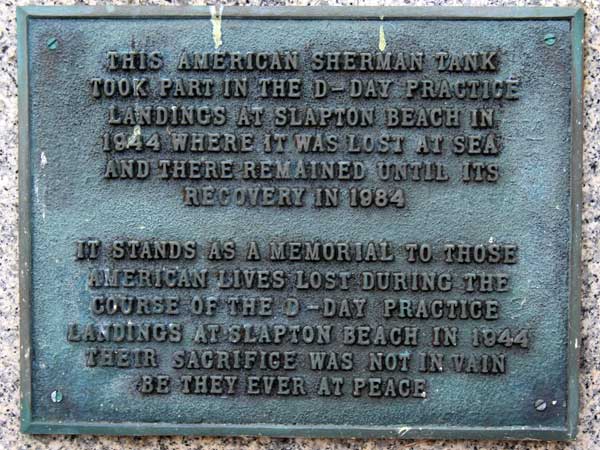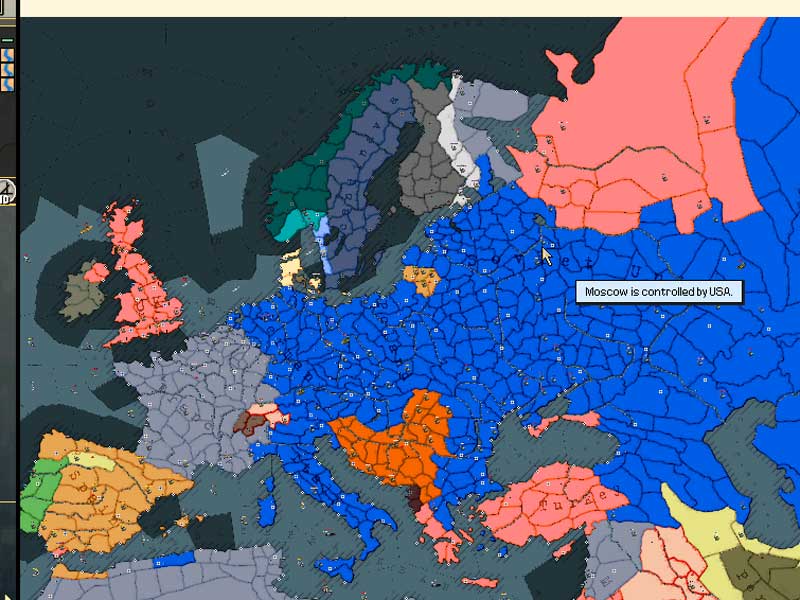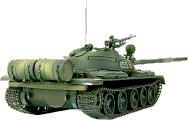The Slapton Sands Sherman
On the outskirts of the pretty Devon seaside village of Torcross is a large car park that
has an unusual war memorial. An M4A1 Duplex Drive Sherman is mounted on a pebble
plinth surrounded by a collection of memorials that tell either the tank's story or are
dedicated to the memory of the 946 American Servicemen that lost their lives during
Exercise Tiger that took place in the English Channel near to where the tank now sits.
The Sherman was recovered from the sea in November 1984, just a little too late for the
40th Anniversary celebrations of the D Day landings. This was accomplished by the
owner of a Guesthouse that overlooks the site, the late Ken Small whose book "The
Forgotten Dead" describes his struggles with bureaucracy, and the sea, to literally drag
the tank from its watery grave. (The work undertaken by Ken Small inspired a BBC
Radio 4 play about the recovery of the tank; "The Tank-man".) The book goes into detail
about the tragic events that occurred off the Devon coast when a convoy of unescorted
landing craft, practicing for the forthcoming "Overlord" landings, were attacked by
German E Boats.
Once pulled from the sea the tank was high pressure washed and then sprayed with
"Fertan Rust Converter" to combat the inevitable problem that once the tank was
exposed to the air it would quickly rust. The Fertan was left for approximately 24 hours
before being lightly rinsed off. Then the tank was sprayed with three coats of a product
called "Acrylon" (a specialist water based multi surface paint.) One primer and two top
coats were applied and one or two coats of a very similar product are applied each year.
This is done by brush and can take two people one day to apply.
The Sherman has not been restored to museum standard. The concern over graffiti and
the ever present salt laden winds that blow from the sea just a few yards away mean
that the tank needs to be better protected than an example stored in a museum. The
thick black glossy coating obscures all but the boldest detail. However, this coating
gives the tank a foreboding look and it has been positioned on the plinth in a striking
pose. As a memorial it is very effective but there is little information to be gleaned for
the modeller or military historian as most of the detail is concealed.
There is little evidence that this was a DD tank. The canvas screen was intact when the
tank was on the sea bed but was probably rotten and was lost during the recovery.
There is some evidence of the lip that ran along the hull sides but the only real signs that
this was indeed a DD tank are the remains of the Duplex Drive gear connected to the
idler wheels on the rear hull. The propellers and drive shafts are missing but the
sprockets on the rear idlers show that this was a Duplex Drive vehicle. (Although the
drive sprocket teeth are still fitted which, although the norm on British DD tanks, was
normally removed from the US version.)
The DD Sherman was part of 70th Tank Battalion which was one of three tank battalions
(The others being 741st and 743rd) that were due to be equipped with DD tanks. The
Sherman at Slapton was probably not sunk by enemy action, but the Americans
experienced problems with keeping the "30 tons of steel in a canvas bucket" afloat. On
D Day only 55 of the 96 launched US DD Shermans reached the shore.
In conclusion, this is a striking memorial to one of the more tragic events of World War
II and is testimony to the determination of Ken Small who, almost single handed,
ensured the recovery of the tank from the sea. It would make a quick and simple project
for modelling and if you have been wondering what to do with that Fuiji M4A1 that has
been sitting waiting for a paint job then look no further.
References.
"The Forgotten Dead" by Ken Small ISBN 0-7475-0433-4
http://www.shermantank.co.uk

Front view of the imposing tank on the pebble plinth.

Close up side view showing the thick coating used to protect the tank from the worst of
the sea spray, wind and rain.

Rear view showing the remnants of the Duplex Drive.
Photos and article courtesy Mr. Tom Cole. These photos are copyright Tom Cole and may not be copied or retransmitted without the permission of Mr. Cole.

 Home
Home Hearts of Iron
Hearts of Iron








 French Military Victories...
French Military Victories...